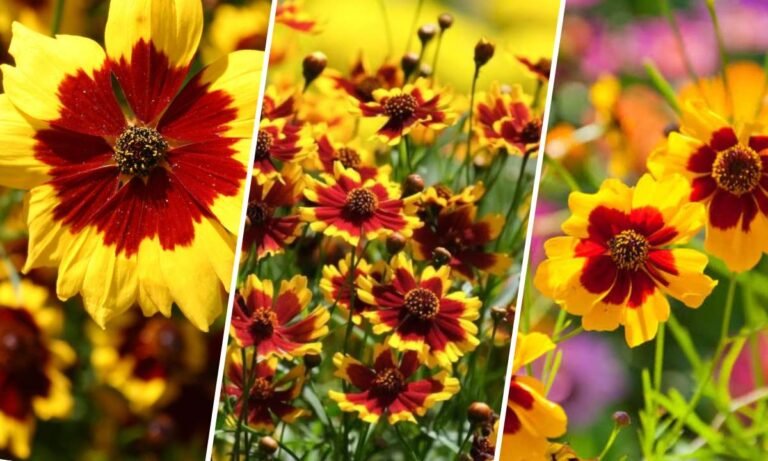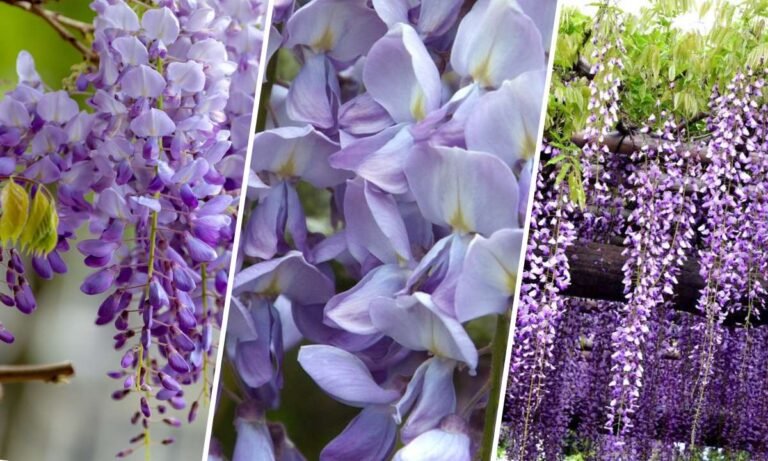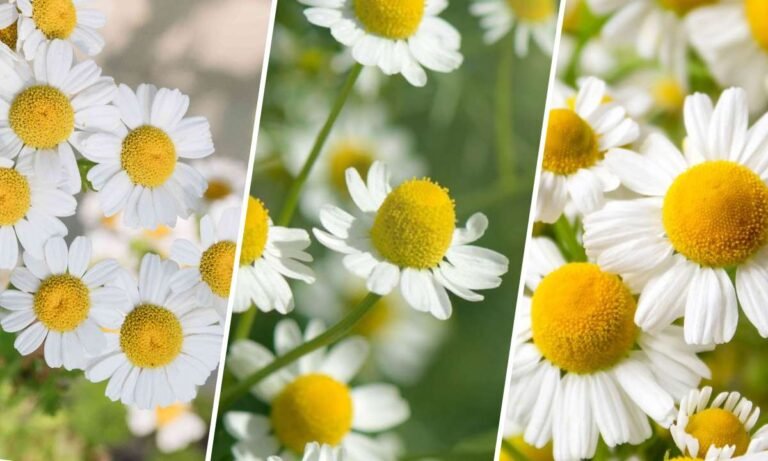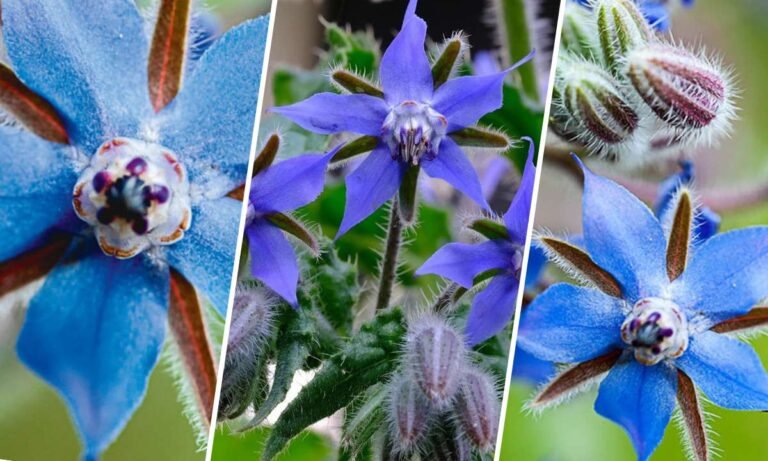Introduction to Chinese Flower Symbolism
Flowers in Chinese culture are more than just beautiful decorations; they carry deep meanings and reflect important cultural stories. For thousands of years, these floral symbols have represented virtues, desires, and philosophical ideas. This guide explores the rich history and symbolism of Chinese flowers, showing their meanings and significance today.
The Historical Context of Chinese Floral Symbolism
Since ancient times, flowers have been central to Chinese art, literature, and daily life. Early Chinese texts, including poetry and philosophical works, often use flowers to express complex emotions and ideas. This tradition has persisted through various dynasties, shaping everything from imperial court aesthetics to folk practices.
The Lotus Flower: Purity and Enlightenment
The lotus flower (莲花, lián huā) is deeply revered in Chinese culture. Growing from muddy waters to bloom clean and beautiful, it symbolizes purity, enlightenment, and rebirth. In Buddhism, the lotus represents spiritual awakening and the journey towards enlightenment, reflecting the human soul’s path through life’s challenges to reach a higher state of being.
- Buddhist Symbolism: The lotus is commonly seen in Buddhist art, symbolizing the purity of mind and spirit.
- Literary References: Classical Chinese poetry often uses the lotus to represent moral integrity and purity in a corrupt world.
The Peony: Prosperity and Honor
The peony (牡丹, mǔ dān), known as the “king of flowers” in China, symbolizes wealth, honor, and high social status. This majestic flower is associated with royalty and is seen as a symbol of good fortune and prosperity.
- Imperial Symbol: Peonies were frequently featured in imperial gardens and are a common motif in traditional Chinese art and textiles.
- Feng Shui: In Feng Shui, peonies are believed to bring good luck and positive energy, making them popular for home and business décor.
The Plum Blossom: Resilience and Perseverance
The plum blossom (梅花, méi huā), which blooms in the harsh winter, symbolizes resilience, perseverance, and hope. It is one of the “Three Friends of Winter,” along with pine and bamboo, representing steadfastness and endurance.
- Confucian Virtues: The plum blossom represents Confucian values of perseverance and integrity, often depicted in Chinese art as a symbol of enduring strength.
- New Year Symbol: Plum blossoms are commonly used in Chinese New Year decorations, symbolizing renewal and the promise of spring.
The Chrysanthemum: Longevity and Nobility
The chrysanthemum (菊花, jú huā) symbolizes longevity and nobility, admired for blooming in autumn when most other flowers have faded. It represents a life of ease and resilience against adversity.
- Taoist Symbol: In Daoism, the chrysanthemum is associated with simplicity and tranquility, often appearing in Daoist art and literature.
- Literary References: Celebrated by poets like Tao Yuanming, the chrysanthemum symbolizes the scholar’s contemplative and reclusive life.
The Orchid: Elegance and Integrity
The orchid (兰花, lán huā) is celebrated for its delicate beauty and fragrance, symbolizing elegance, integrity, and noble character. Orchids are often linked with refined taste and scholarly pursuits.
- Confucian Symbolism: Confucius praised the orchid for its quiet elegance and noble character, likening it to a virtuous scholar.
- Art and Calligraphy: Orchids are a popular subject in Chinese brush painting and calligraphy, representing refined aesthetics and moral virtue.
The Bamboo: Strength and Flexibility
While not a flower, bamboo (竹, zhú) holds significant cultural symbolism in China, representing strength, flexibility, and resilience. Known for its ability to bend without breaking, bamboo embodies the ideal of enduring through hardship.
- Literary Symbol: Bamboo often symbolizes a gentleman’s virtues—upright, flexible, and resilient—in literature.
- Artistic Representation: Bamboo features prominently in Chinese painting and poetry, symbolizing the balance between strength and grace.
The Peony in Modern Chinese Culture
Today, the peony continues to be a significant symbol in Chinese culture. It appears in festivals, art, and even on currency, reflecting its enduring importance as a symbol of beauty and prosperity.
- National Symbol: The peony is often proposed as China’s national flower, representing the nation’s rich cultural heritage.
- Cultural Festivals: Peony festivals celebrate the flower’s beauty and cultural significance, attracting visitors from around the world.
Conclusion: The Enduring Legacy of Chinese Flower Symbolism
The rich meanings and cultural significance of Chinese flowers reveal much about Chinese philosophy, art, and daily life. From the purity of the lotus to the resilience of the plum blossom, each flower captures a unique aspect of Chinese cultural identity. Understanding these symbols enriches our appreciation of Chinese art and literature and offers profound insights into the values and ideals that have shaped one of the world’s oldest civilizations.





